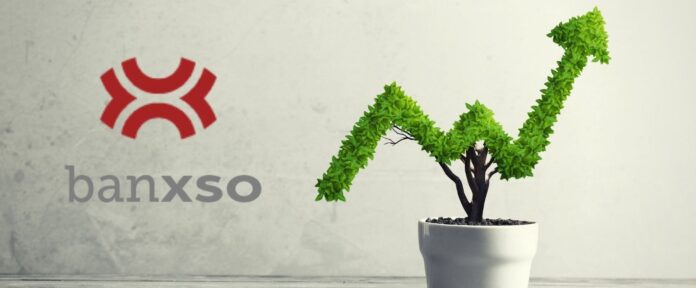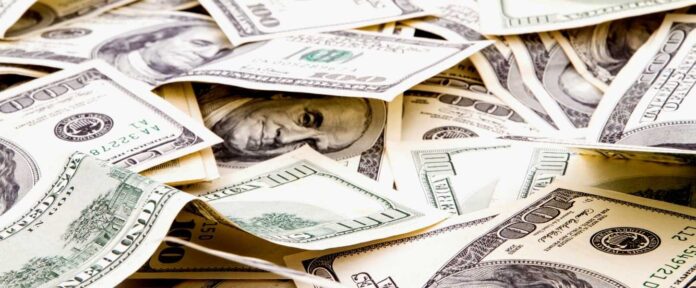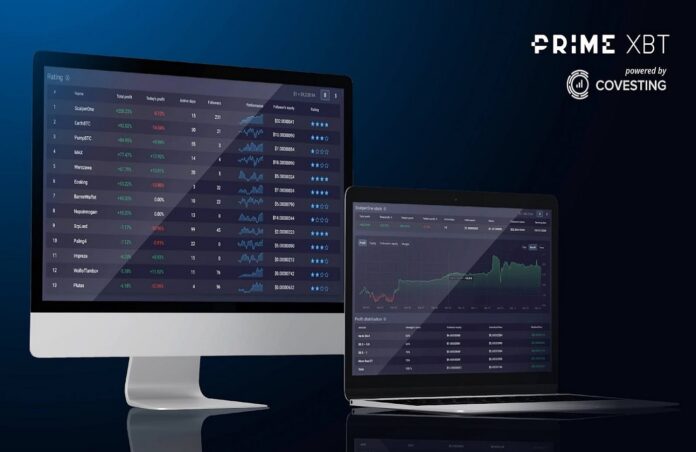Ethereum is undoubtedly a big name in decentralized finance with a volume cap of nearly 400 billion dollars. The coin entered 2022 with the anticipation of reaching new heights. Yet the market has been dull for the past few weeks, pushing even Bitcoin to the back of the line. The growth of Ethereum in 2021 has given a positive impetus to the investors to look out for any changes in the market.
Founded back in 2015, Ethereum is not just a knockoff of Bitcoin. When it came out, the Ethereum blockchain revolutionized the whole outlook of cryptocurrencies and opened gates for many innovative projects. Some of these projects have evolved into separate networks, and some still operate on the Ethereum chain. Currently, the smart contract system is censured for its high has fees in comparison to newly emerging technologies. Still, Ethereum is a leading name in dApps and NFT tokens. Moreover, the protocol is expected to appropriate the proof-of-stake mechanism on the chain. It is expected to boost the value of the coin in the upcoming days.
The Ether token is currently trading at $3,120, which is 2.19% higher than its value before 24 hours. This upsurge is likely to last for a few more days to set new records in the market. However, there is one hindrance to this dream of Ethereum, which is predicted to appear between $3,300 and $3,900. As per the reports, around 6 million addresses have purchased nearly 22 million Ethereum tokens. A collective activity of that magnitude could easily put barricades to the current price of Ether tokens. Any push over this resistance could help the coin to each new and unexplored height of its career.
If the coin does not manage to hold up, the support is set around $2,807, which recorded the purchase of 24 million coins by 7.42 addresses. But the Market Value to Realized Value (MVRV) indicator notes that Ethereum is running below its actual worth. It also signals the ‘accumulation phase’ for the coins. With over 11% below its actual value, the chances are Ethereum will post an increase in its trading value. This thesis gets buttressed by the fact that Ethereum’s demand flew up to the sky in 2021, with a yearly transaction fee of 9.9 billion dollars.
Having everything said, we must also understand that Ethereum is losing its ground to Solana in the growing market of NFTs. According to reports from JP Morgan, the NFT holdings of Ethereum would become more important than its decentralized finance in 2022. Losing the NFT share could prove more vital for the protocol than its profits in all the other areas combined and, of course, would affect the price of the ETH. Learn more from this ETH price prediction.









